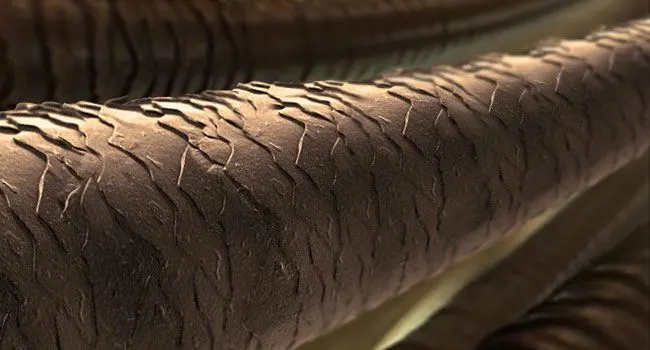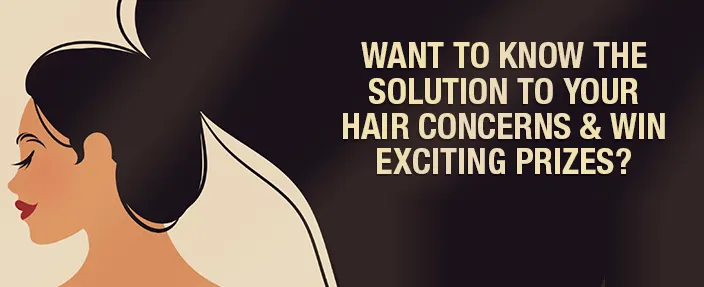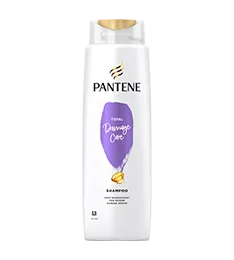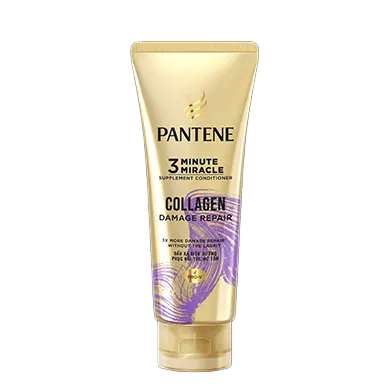Hair Structure and Hair Anatomy: 4 Cool Facts You Didn't Know

Hair structure and hair anatomy are what you need to understand to be able to take care of your hair perfectly. Want shiny and smooth hair in the exact shade you want it? Learn about hair and you'll be managing it like an expert!
**1. Healthy cuticles mean shiny, silky hair. **Here's the lowdown on that vital layer in your hair structure: The cuticles in your hair draw the line between great hair and dull hair, between hair that is unhealthy and hair that is at the peak of health.
A cuticle is made up of six to eight layers of flattened overlapping cells that are "sealed in" by an invisible water-resistant lipid layer. Each of your hair strands is wrapped in a cuticle. The outermost lipid layer of the cuticle--scientists call this the F-layer--acts as a natural conditioner, keeping your hair smooth, shiny, and silky. It reflects light and limits friction between the hair shafts, giving you fantastic hair.
Unhealthy cuticles--damaged from chemical processes such as coloring, perming, and rebonding or excessive heat from hair irons and blow dryers--don't have an F-layer. This would mean that your hair needs extra support to be able to do what it was meant to do.
So how do you make sure your hair structure--specifically your cuticles--stay healthy? Use the right products. Pantene Pro-V Advanced Care shampoos, conditioners, and treatments are specially formulated for color treated and/or damaged hair and can restore a great deal of your hair’s natural softness, luster and manageability.



